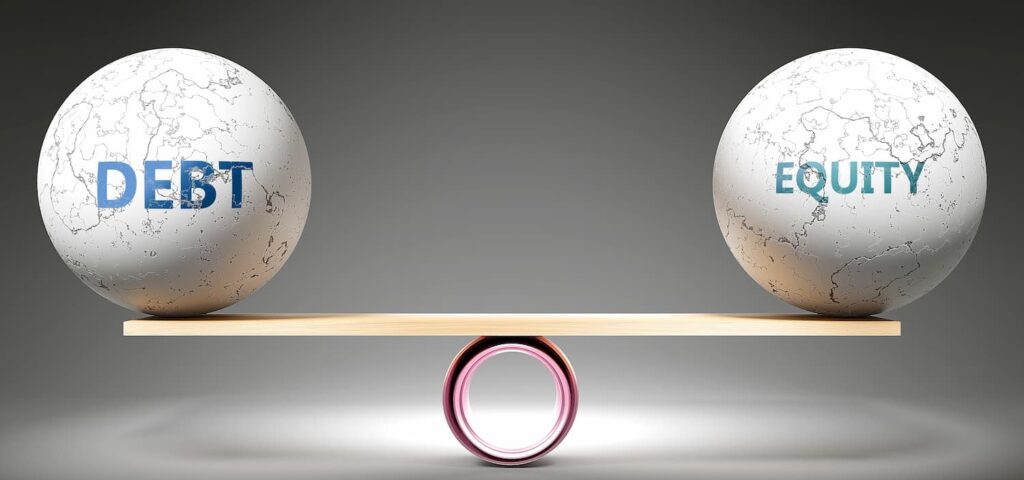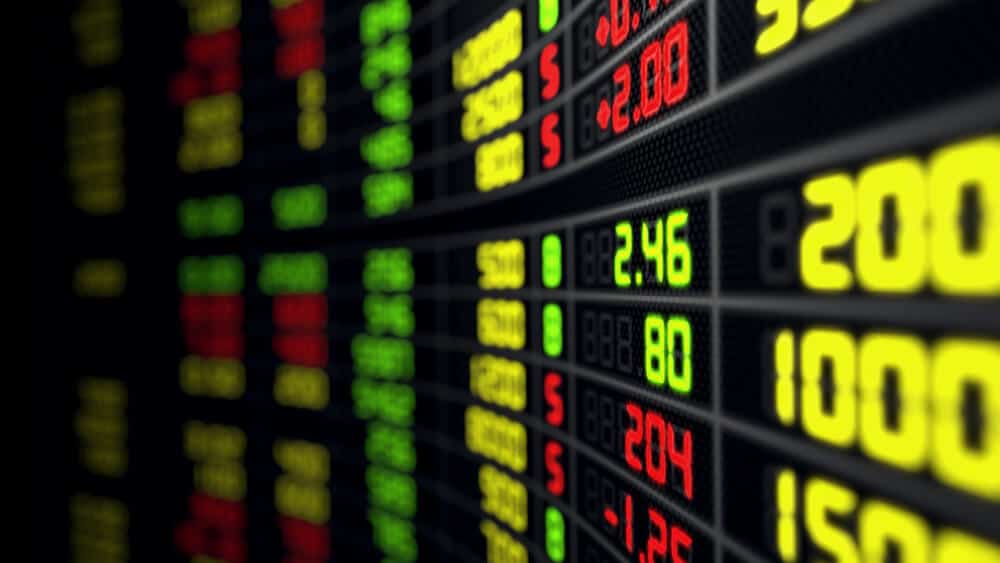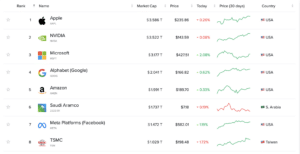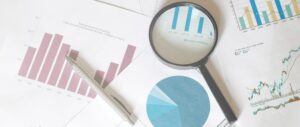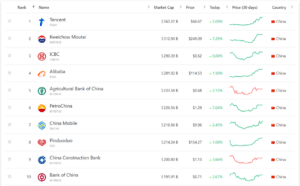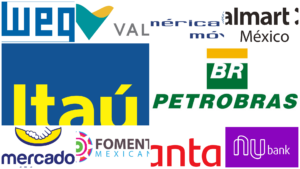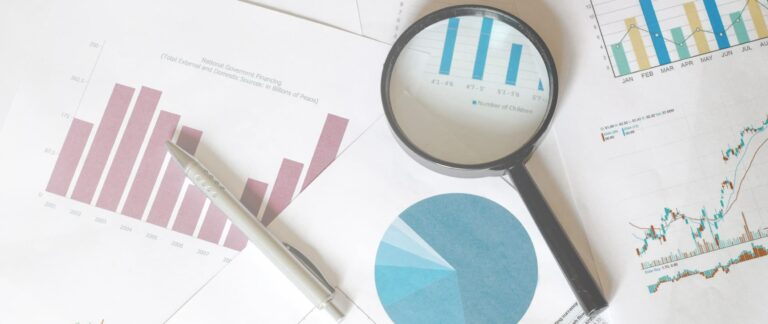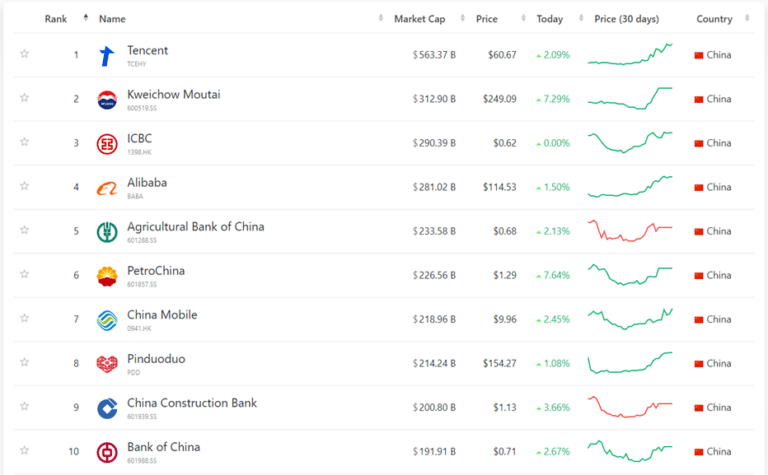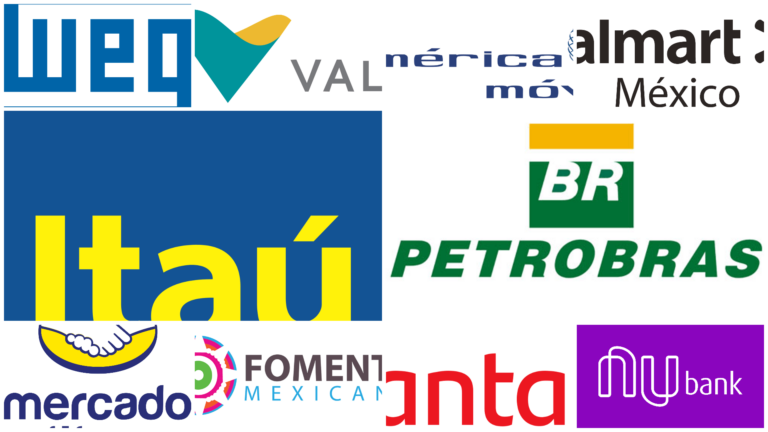Dr. Aníbal Lecter’s company has a debt of 2 billion dollars, and its current capital is 1 billion dollars. This results in a leverage ratio of 2 or 200%, which implies that the company has 2 dollars of debt for every dollar of shareholders’ equity. This is a significantly high leverage ratio and could pose financial risks to the company.
What is a Good Gear Ratio?
The question and answer are relative as they involve comparing individual companies in the same industry. However, there are some basic references that any user can use to identify acceptable proportions. These references are as follows:
- A high leverage ratio is considered greater than 50%.
- A low leverage ratio is considered less than 25%.
- An optimal leverage ratio falls between 25% and 50%.
A company with a high leverage ratio relies heavily on borrowed funds to cover its operational expenses. This practice exposes the company to greater risk during economic downturns or when interest rates rise. On the other hand, a company with a low leverage ratio usually keeps its debt levels minimal by closely monitoring the economic cycles and using its stockholders’ equity to pay for important costs.
What is the Leverage Ratio?
Leverage refers to the ratio of funds acquired through debt from creditors to the corresponding equity funds of the company.
Is There a Formula for Calculating the Leverage Ratio?

The relationship between a company’s existing capital and its debt is expressed as a percentage, also known as credit. The greater the credit, the higher the leverage and the lower the investment of its own capital. Leverage is the use of debt to finance an operation, which can increase profitability by reducing the initial capital required. However, changes in interest rates can affect a company’s cash flow, as higher rates mean increased costs for debt services. Therefore, a company needs to review various aspects of its debt when considering higher interest rates. This means different things for different sectors. For example, public service companies could naturally have a higher leverage ratio than tech startups since service companies usually require substantial investments in physical assets such as infrastructure and equipment to operate efficiently.
Different types of companies have varying capital structures. For instance, companies with physical assets that can support debt can opt for a higher proportion of debt financing in their capital structure. On the other hand, tech startups, which may require less investment in physical assets and depend more on human capital, innovation, and technological scalability, do not require such a robust structure in terms of capital. Therefore, the leverage ratio of a technology startup is lower since it can finance its operations and growth through its own capital or venture capital investment.
It is important to note that the optimal level of leverage varies based on the nature and specific needs of each sector and company.
There are various types of leverage:
- Operating leverage refers to the relationship between a company’s economic risk and the proportion of fixed costs in its operations. Generally, higher fixed costs result in greater economic risk. This can be illustrated by comparing the growth rate of profits to the growth rate of sales. When analysing a company’s operating leverage, it’s important to consider the tools used for production and sales, including machinery, personnel, and technology.
- Financial leverage refers to the practice of investing external funds into a company’s investments. This is done by increasing the amount invested through external resources such as debts, which are added to the company’s own resources. The main objective of this practice is to obtain a higher return on investment by increasing the total amount invested.
- Bank leverage refers to the relationship between a bank’s assets and its liabilities, often expressed as a ratio. A high leverage ratio indicates that a bank’s assets are only slightly greater than its liabilities, which can create financial instability. In fact, excessive leverage in the banking industry was identified as a major factor in the 2008 financial crisis. To prevent this from happening again, a minimum leverage ratio of 3% was established. This means that a bank’s capital should be sufficient to cover at least 3% of its total assets.
Short or Long-Term Leverage?
- The short-term debt ratio is the proportion between a company’s short-term external financing and its own capital. If this ratio is higher, it can increase the likelihood of the company’s insolvency. Additionally, a higher ratio can result in limited financial independence due to complete dependence on creditors.
- The long-term ratio is a measure that evaluates the overall financial health of a company. It is calculated by dividing the sum of all liabilities, including current, non-current, and short-term debt, by the company’s net worth. This ratio is useful in determining a company’s ability to meet long-term financial obligations. Without a doubt, a company will seek to reduce its leverage.
How does a company achieve this?
- Sale of shares.
- Reduce operating costs.
- Increase profits.
- Loan conversion.
One way for a company to pay off its debt and increase its capital is by releasing more shares to the public. Additionally, the company can identify inefficiencies and areas for improvement to reduce unnecessary expenses. This can be a short-term solution. For a long-term solution, the company can improve its strategy to increase profits. If negotiation with lenders is possible, it can provide flexibility to the company and allow it to extend its useful life and carry out the measures mentioned above.
Conclusions
A leverage ratio can take into account a risky financial structure, but this does not necessarily mean the company is in a bad financial state. To better understand, it is advisable to compare the company’s historical performance with that of its competitors.

